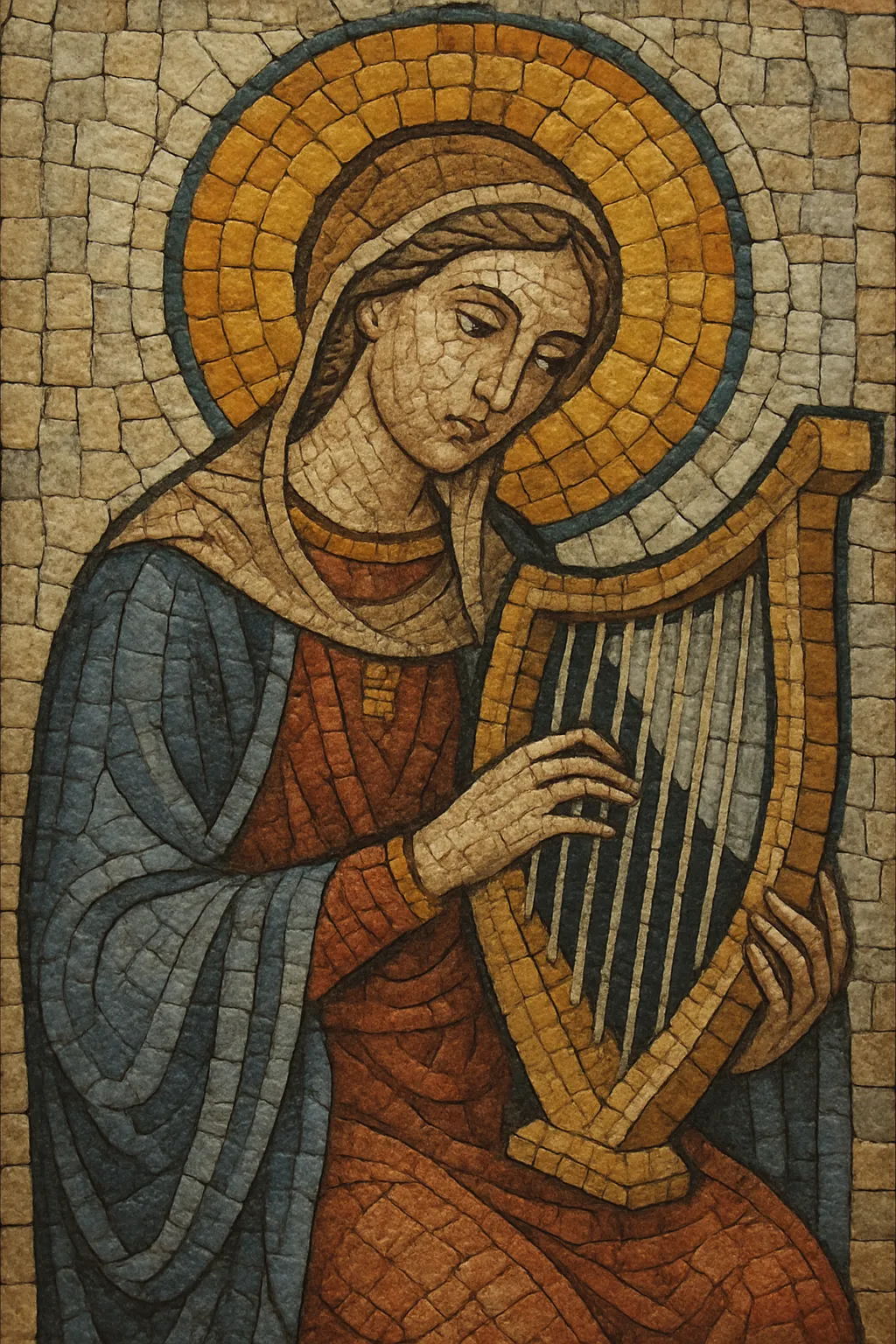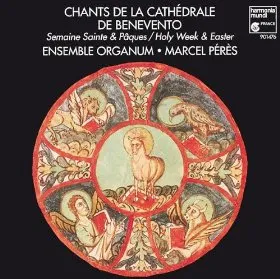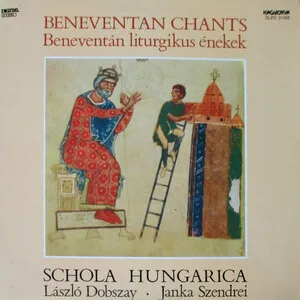Beneventan chant is a regional tradition of Latin-rite plainchant that flourished in southern Italy, centered on Benevento and the Benedictine monastery of Montecassino, during the early Middle Ages. It developed under Lombard rule and exhibits melodic and textual traits distinct from contemporary Roman and Frankish (Gregorian) practice.
The repertory is monophonic, a cappella, and modal, with predominantly syllabic and neumatic settings, a relatively narrow ambitus, and formulaic reciting tones shaped by the cadence patterns of liturgical Latin. It was notated using adiastematic Beneventan neumes written over the characteristic Beneventan script, which preserve melodic contour and rhythm through gesture rather than exact pitch.
Although largely supplanted by the Roman-Frankish (Gregorian) tradition by the 11th–12th centuries, Beneventan chant survives in important manuscript sources and has been the subject of modern scholarly reconstruction and performance.
Beneventan chant emerged in the Lombard duchy of Benevento and in the milieu of Montecassino during the early medieval period. Its growth in the 8th–9th centuries coincided with strong regional identities in liturgy and chant across the Latin West, when multiple local traditions coexisted alongside Roman practice.
The repertory is monophonic and modal, largely syllabic or lightly neumatic, and employs formulaic tones aligned to the prosody of Latin liturgical texts. The tradition uses Beneventan neumes—adiastematic signs written above the distinctive Beneventan script—which convey melodic contour and nuanced delivery without staff lines. This notation preserves performance practices such as flexible rhythm and textual accentuation.
Southern Italy’s location fostered contact with both Rome and the Byzantine sphere. As a result, Beneventan chant exhibits a synthesis of local Latin-rite practice with elements that suggest awareness of Old Roman and Byzantine chant traditions. Later Carolingian-era reforms intensified contact with the Roman-Frankish (Gregorian) repertory.
Beginning in the 10th–11th centuries and accelerating in the 11th–12th centuries, ecclesiastical reforms favored the standardization of Gregorian chant across Western Christendom. Beneventan chant was progressively displaced in cathedral and monastic usage, though manuscripts preserve significant portions of the Proper and Office.
Twentieth- and twenty-first-century musicology has identified and cataloged Beneventan sources, enabling historically informed performances. Early music ensembles and monastic choirs have revived portions of the repertory, illuminating a distinctive regional voice within the broader family of Western plainchant.



%2C%20Cover%20art.webp)
